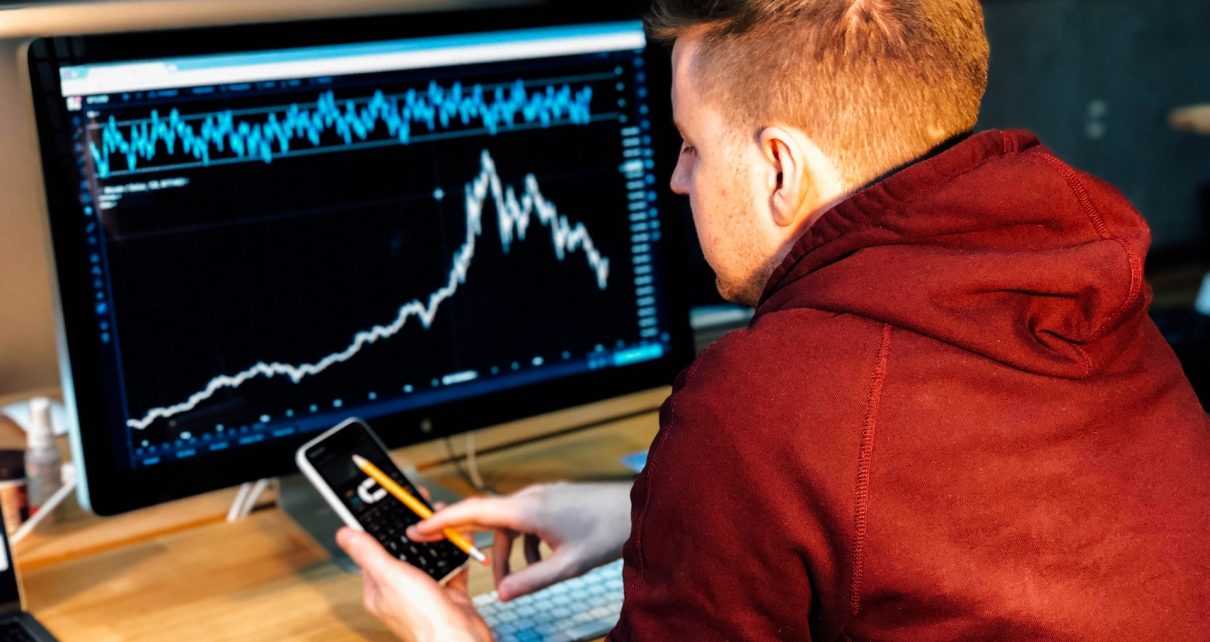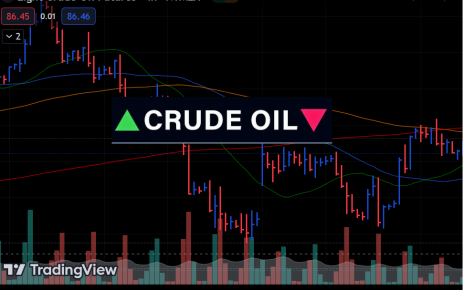- Market movements remained muted ahead of several central bank meetings.
- Market observers predict the Fed will raise rates by 25 basis points.
- Core consumer prices in the capital of Japan increased by 4.3% in January.
On Monday, currency futures pulled back as the dollar recovered from an eight-month low ahead of a flurry of central bank meetings this week. Still, dollar gains were restrained by the dovish repricing of the US Federal Reserve’s rate-hike prospects relative to more hawkish competitors.
The movement remained muted ahead of policy meetings later this week from the Federal Reserve (Fed), the European Central Bank (ECB), and the Bank of England (BoE).
After falling to an eight-month low of 101.50 last week, the US dollar index, which compares the dollar to a basket of other currencies, increased 0.03% to 101.92.
Expectations that the Fed was reaching the end of its rate-hike cycle and that interest rates would not need to rise as high as previously anticipated put it on course for a fourth consecutive monthly loss of more than 1.5%.
Euro futures increased 0.06% to $1.0874, while Sterling futures increased 0.04% to $1.2405
Market observers predict the Fed will raise rates by 25 basis points, down from the 50 and 75 basis points observed last year, while the BoE and ECB are projected to do so by 50 basis points each.
The euro has found support from ECB policymakers’ sustained hawkish tone and fading concerns about a severe recession in the eurozone. The single currency is expected to rise by almost 1.5% monthly.
On Monday, a group of academics and business leaders asked the Bank of Japan to adopt a long-term approach to achieving its 2% inflation objective rather than a short-term one, given the mounting costs of continued monetary easing.
Core consumer prices in the capital of Japan, which serve as a leading indicator of national trends, increased 4.3% in January compared to the same month last year. This is the largest yearly increase in over 42 years and puts additional pressure on the central bank to gradually reduce economic stimulus.
Australian dollar futures dropped 0.3% to $0.7088 but was still on track for a monthly gain of nearly 4%. The shock that Australia’s inflation went up to a 33-year high last quarter led traders to ramp up their bets that the RBA will have to tighten interest rates even further.




